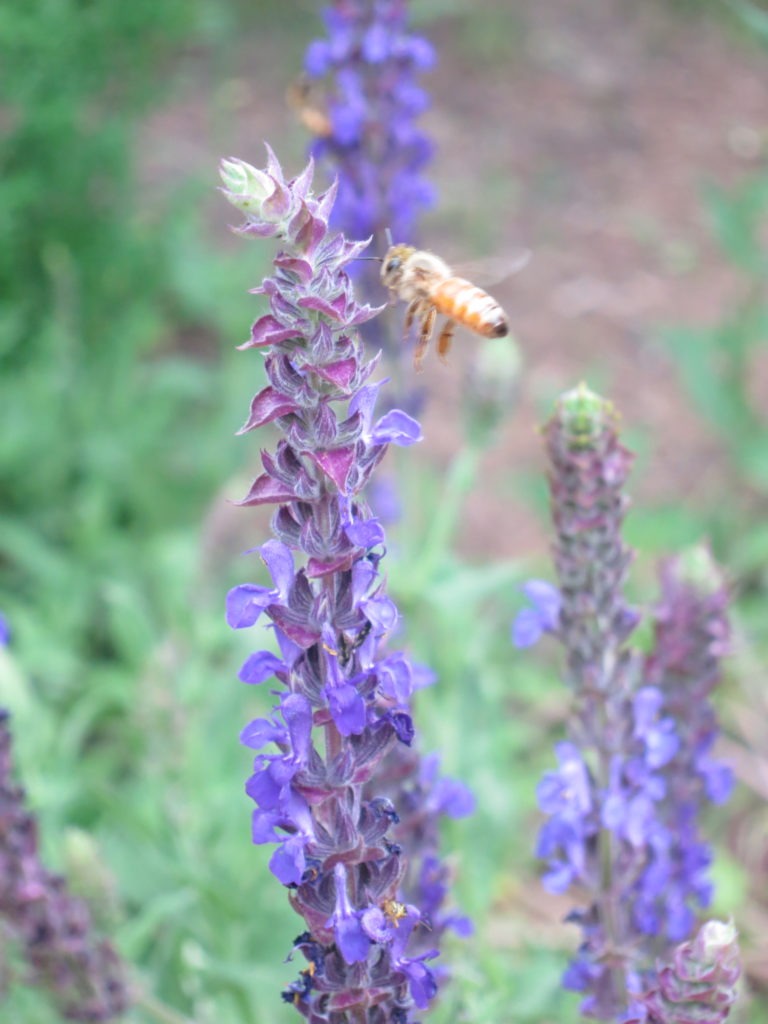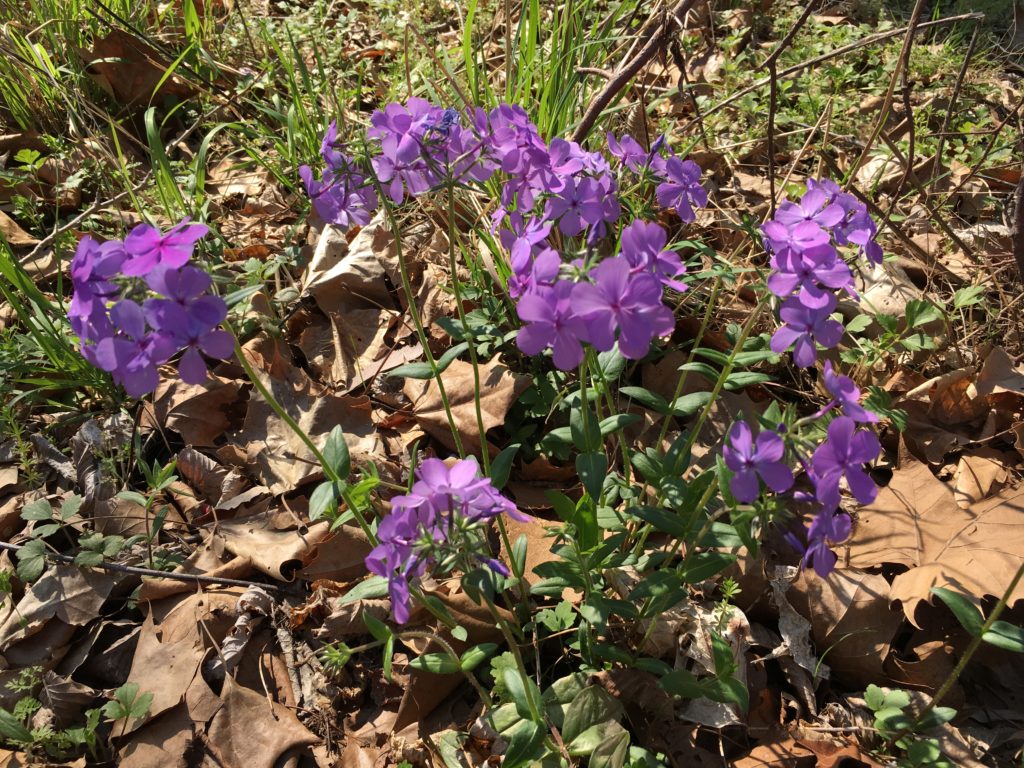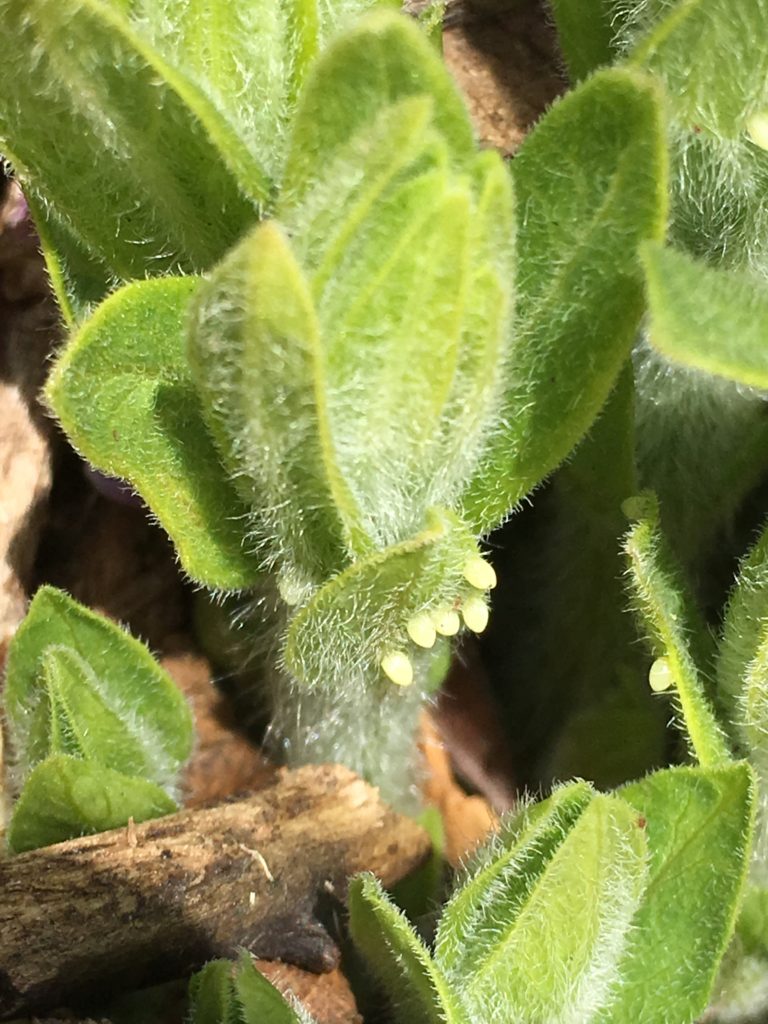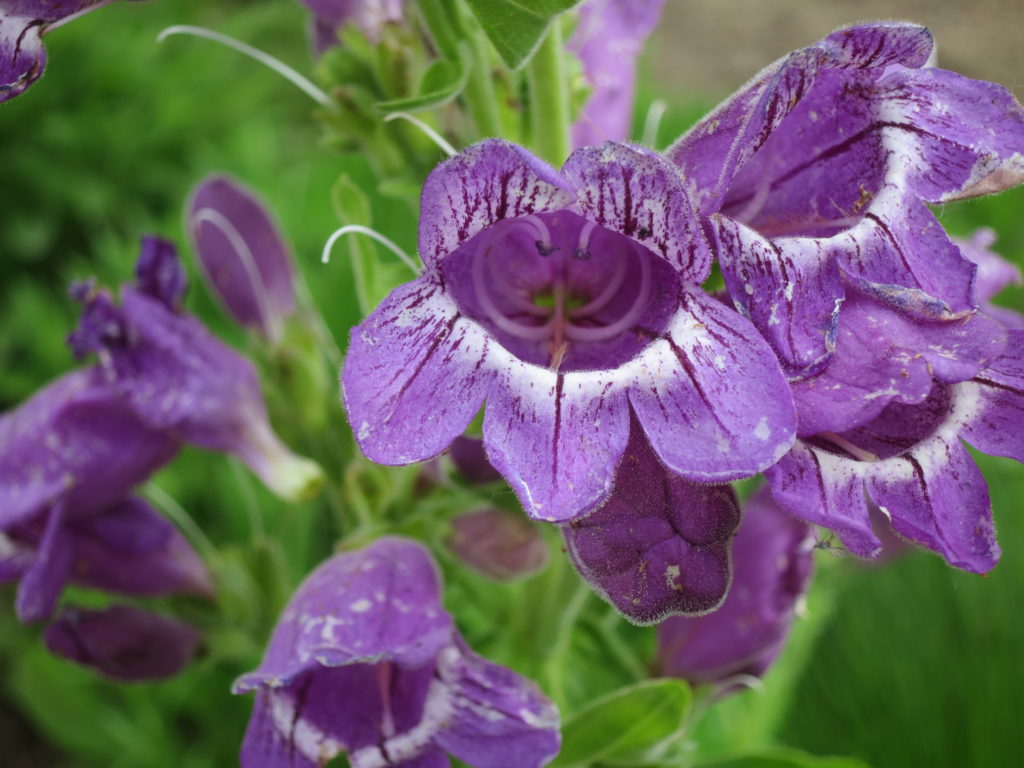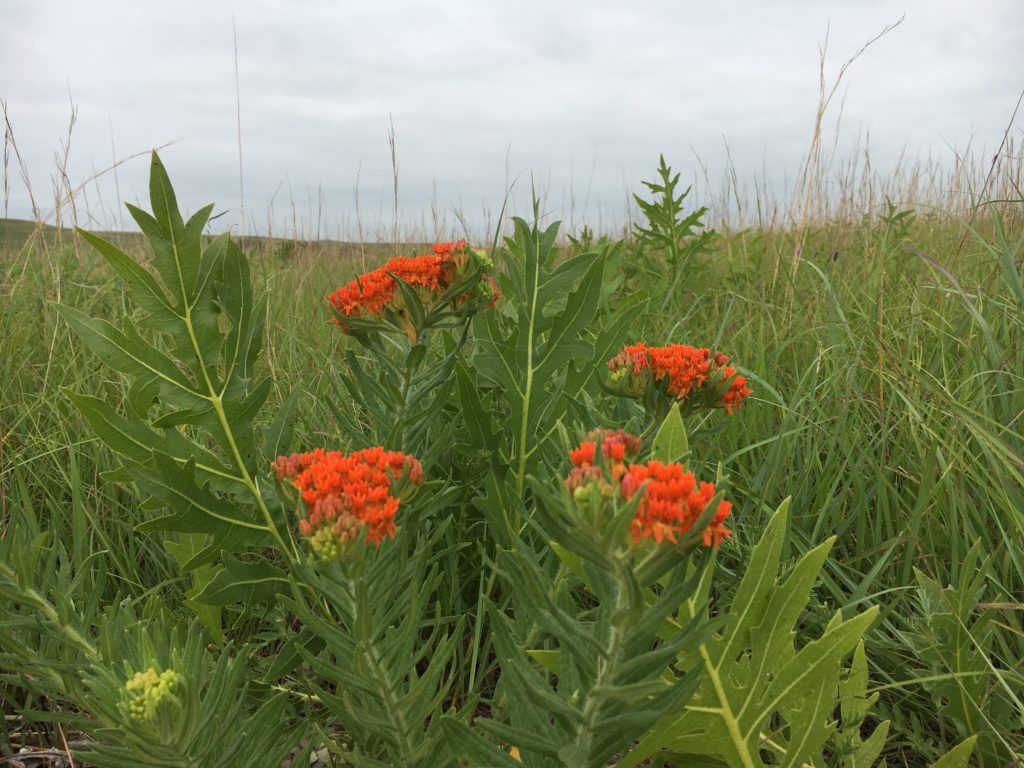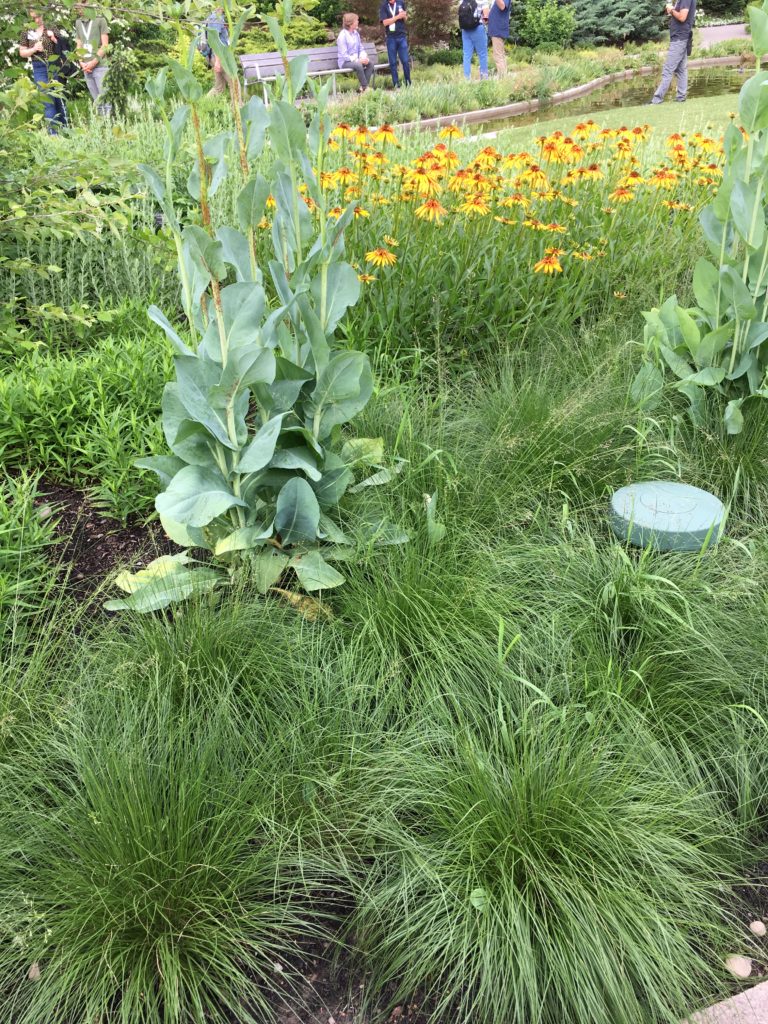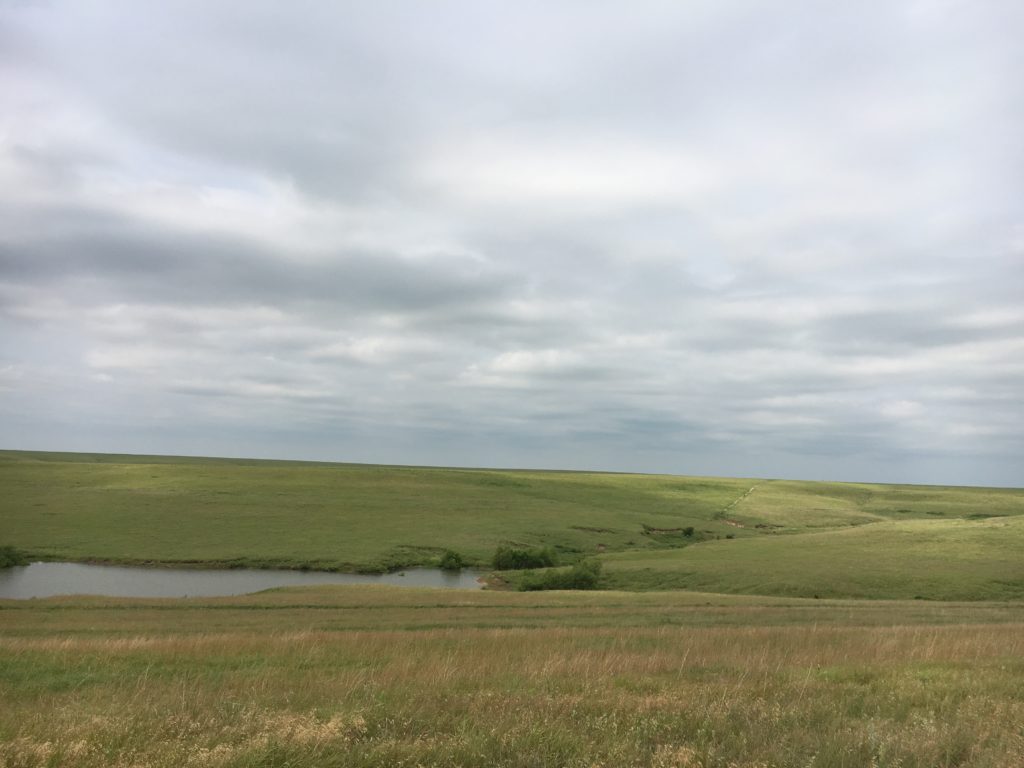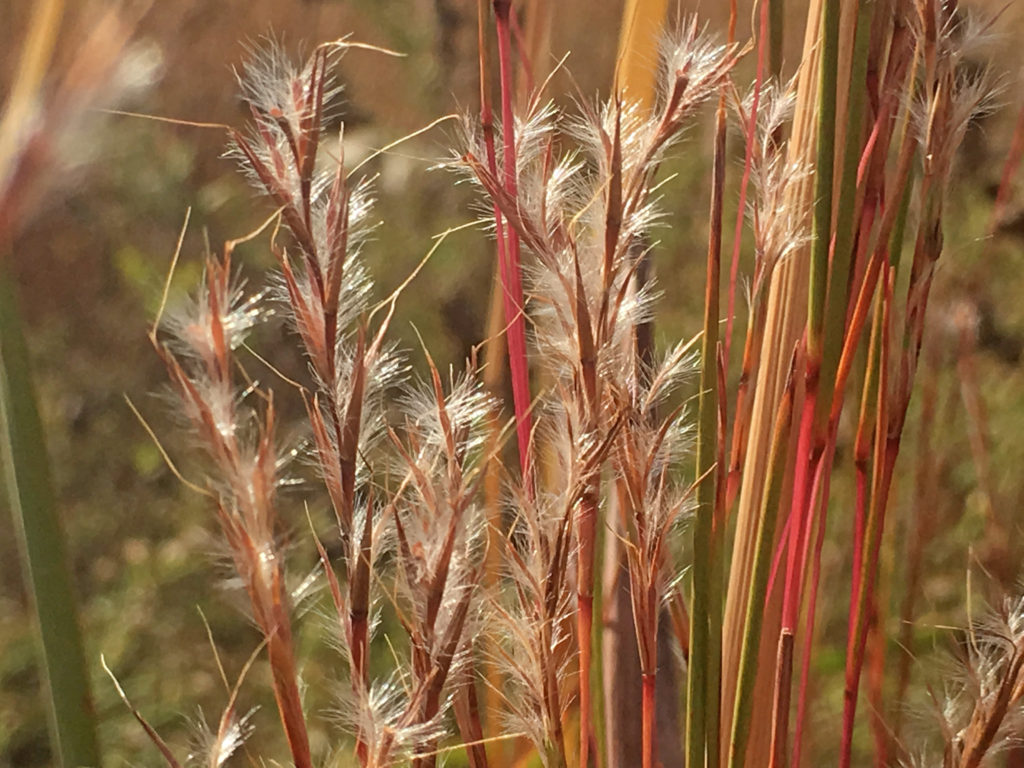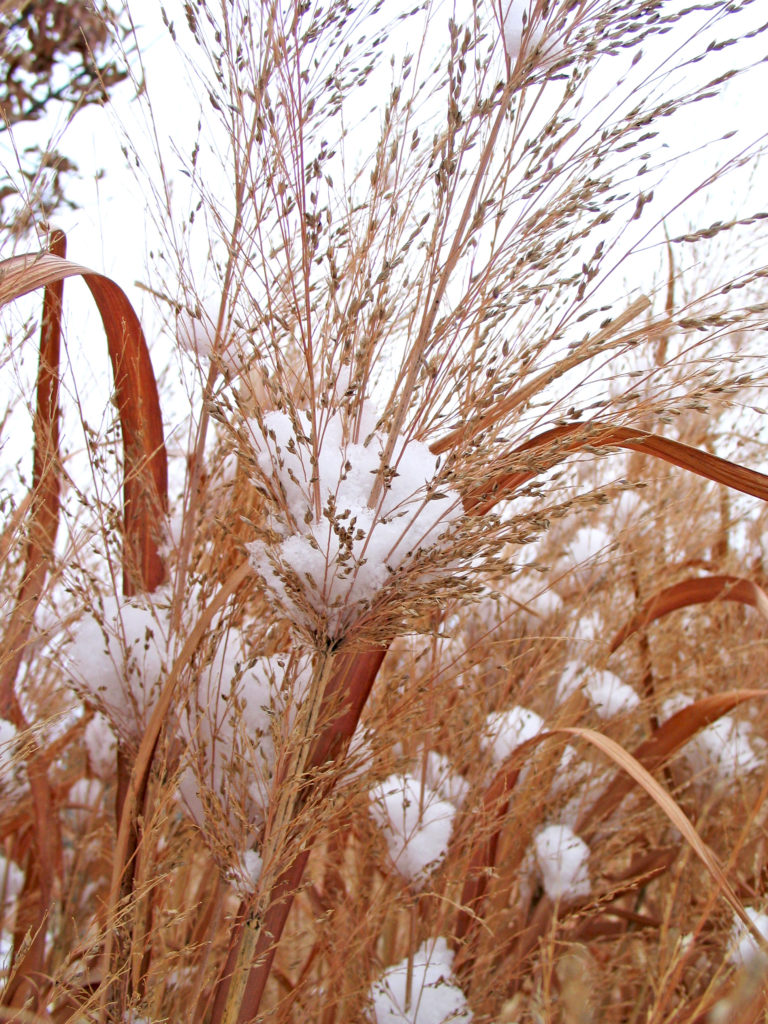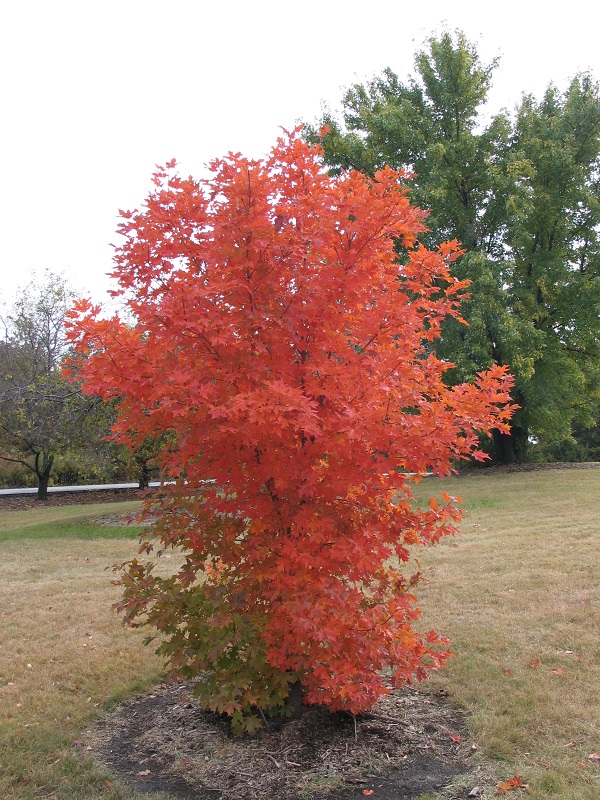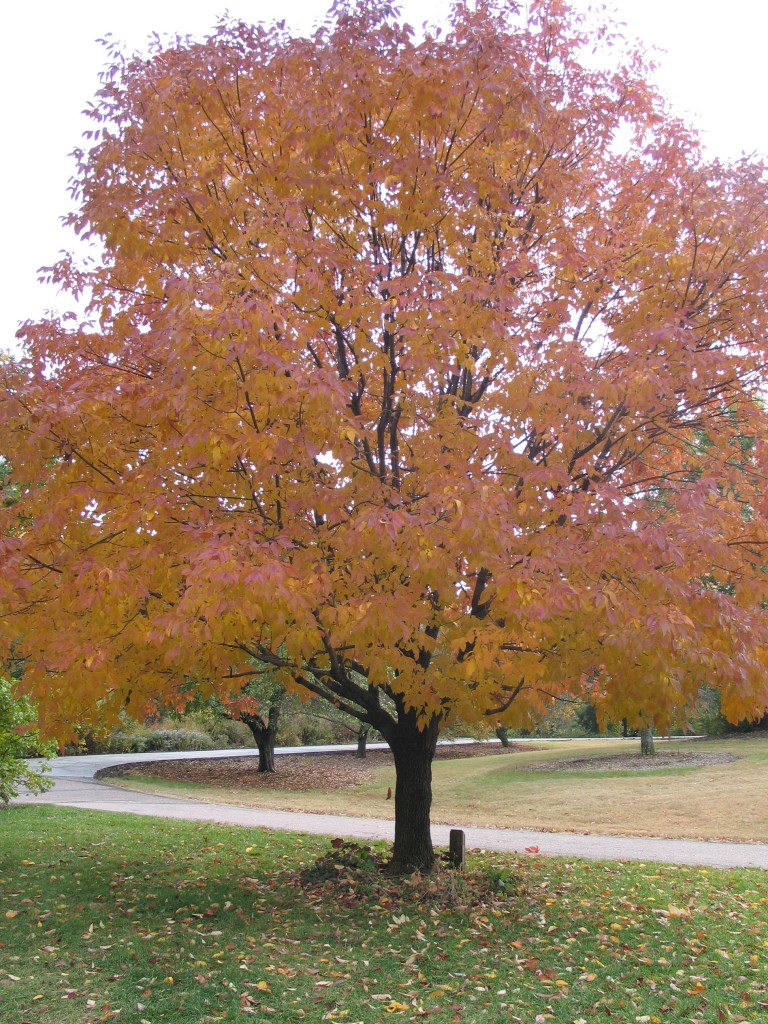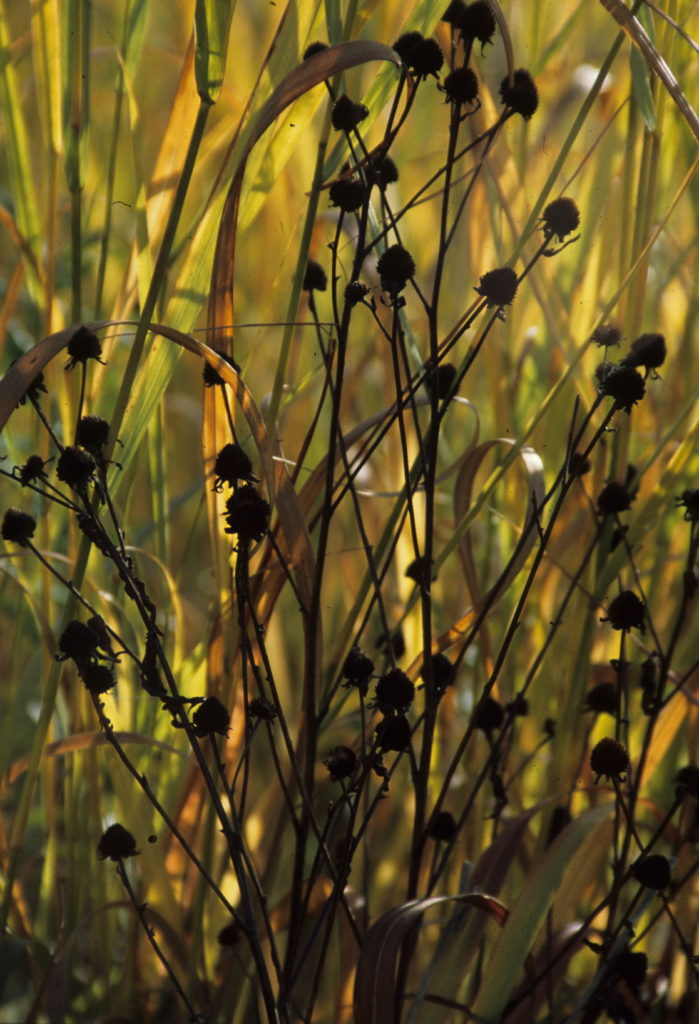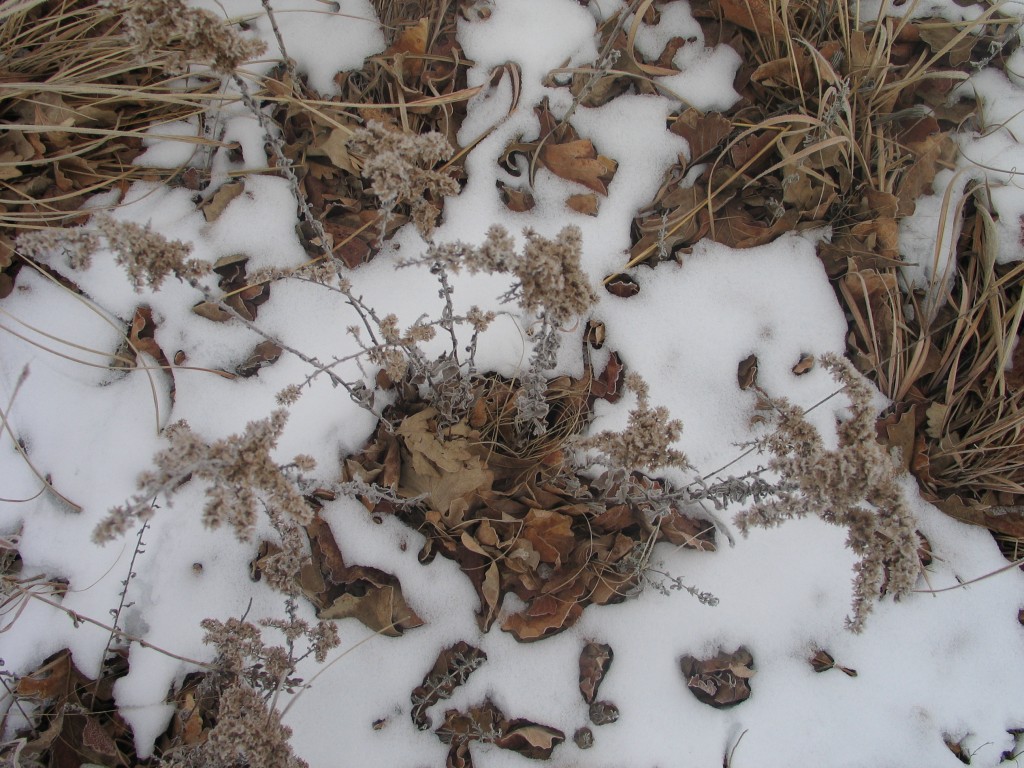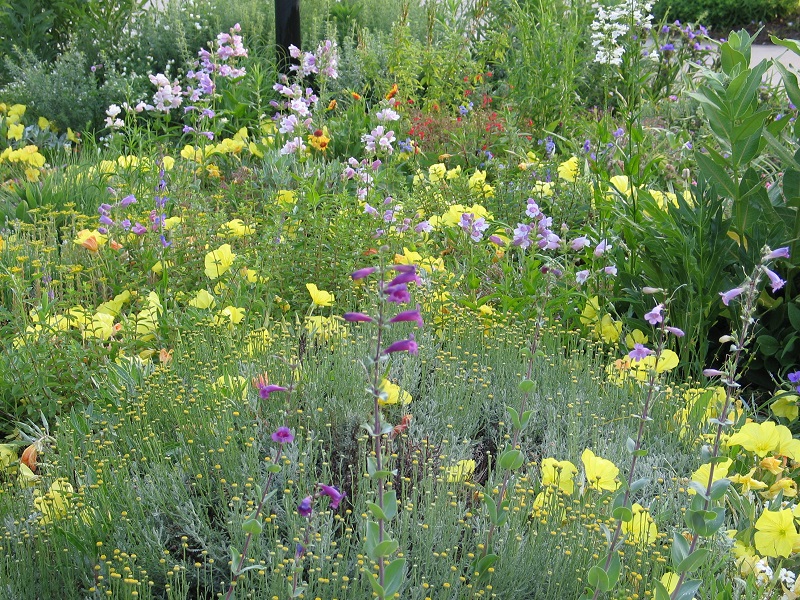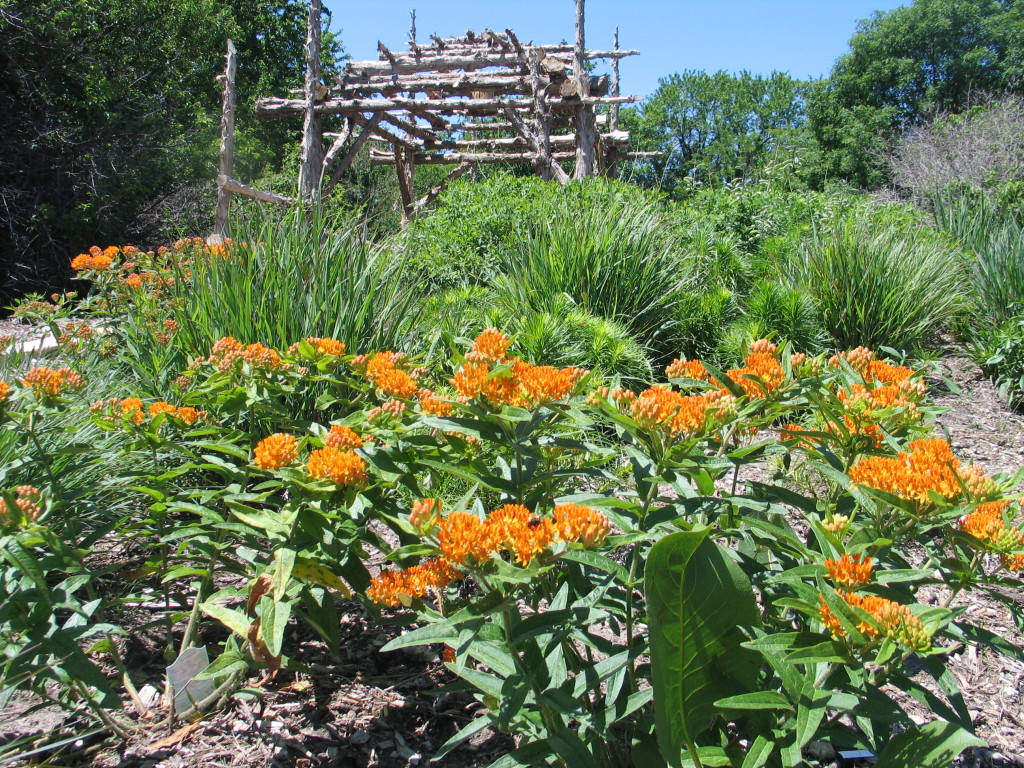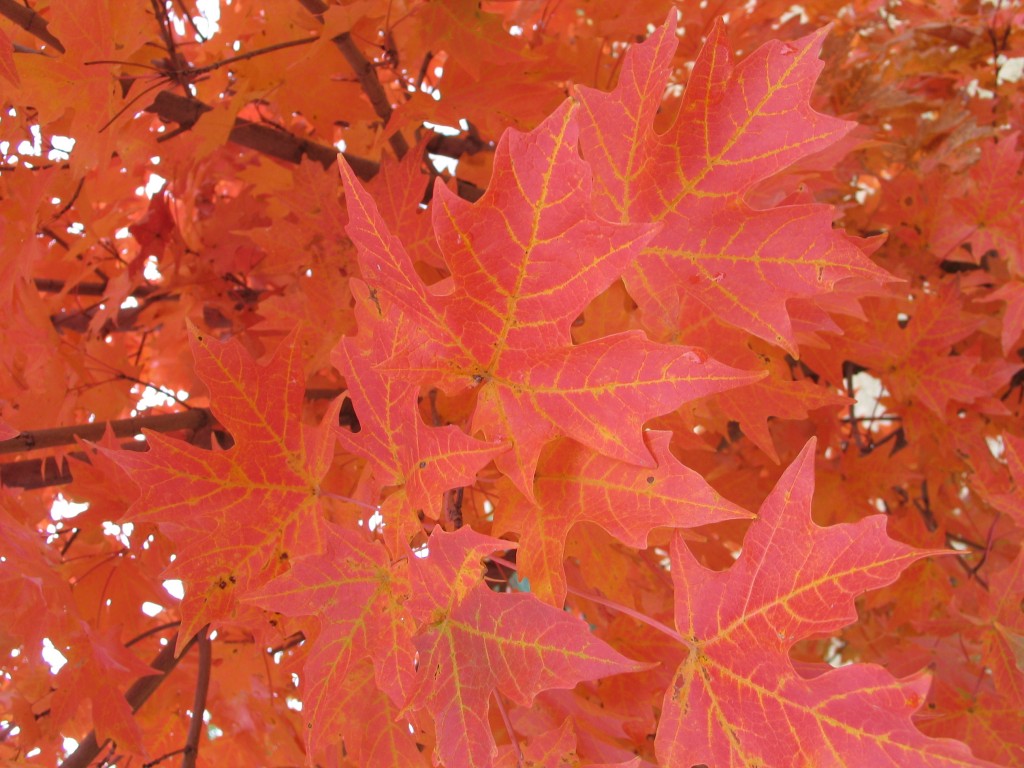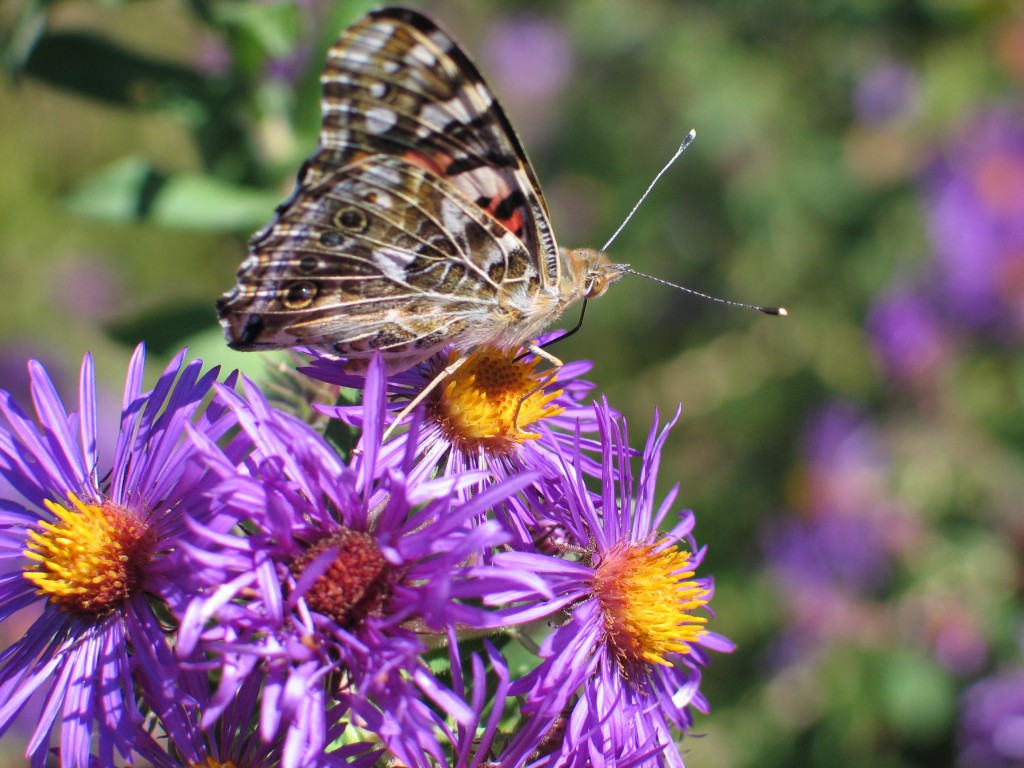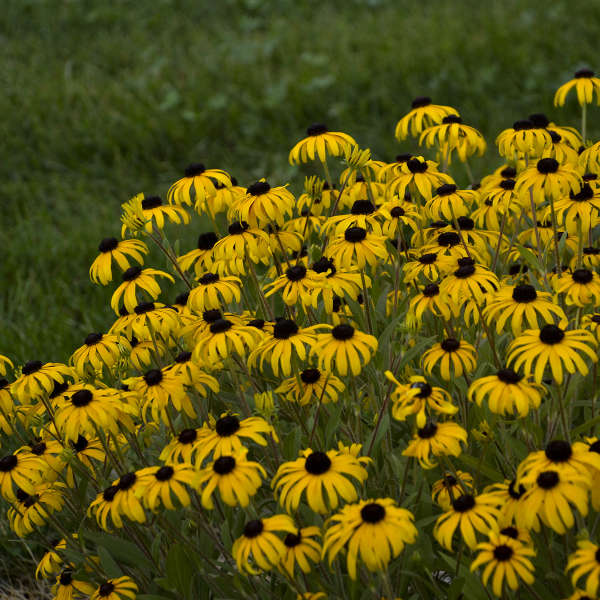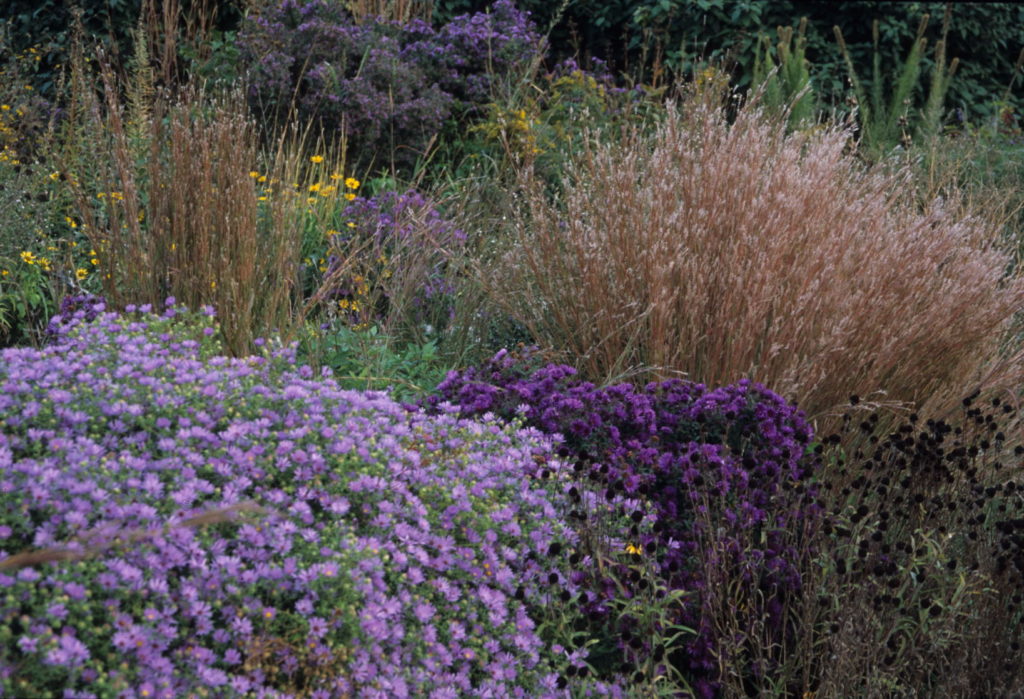To make a prairie it takes a clover and one bee, One clover, and a bee, And revery.
The revery alone will do, If bees are few.
Emily Dickinson
Maybe it’s the swaying grasses in a gentle breeze or pollinators clustered on the top of a coneflower on a warm spring day. A primrose opening in the evening like a beacon in the night. The vibrant combination of black-eyed Susans and blazing stars growing harmoniously with little bluestem. Or the vital role native plants play in the overall healing of the land.
Whatever your inspiration for creating a prairie landscape, hold onto that dream, but also prepare yourself for a surprise. In my experience, when working with native plants, the resulting benefits of your effort will surpass anything you can imagine.
Connection to the Land
There is something special about native plants. They grow with you in a sense. As their roots grow deeper, you begin to understand the importance of the landscape you have created.
If you live in the prairie, a prairie landscape creates a sense of place. It reflects your connection to the native landscape. This connection is good for you, but also good for the land.

Assist the Environment
Over the past decade, there has been a renewed interest in native landscaping. These plants are naturally adapted to our soils and climates. If properly sited, they require less care, have fewer problems, and create habitat and year-round beauty. A prairie habitat attracts many different forms of wildlife, including birds, butterflies and other beneficial insects.
The prairie is an important part of the web of life in the vast Great Plains. Your native landscape, though small, is one part of a patchwork prairie that, when pieced together, has tremendous environmental benefits.
Aesthetics that Reflect the Prairie
There is a paradigm shift happening on what is considered appealing in the landscape. Not only what is attractive, but what is acceptable to have in your landscape. More and more people are moving away from the traditional lawn by replacing them with vibrant landscapes of diverse wildflowers, grasses, trees and shrubs.
Often we start growing a prairie landscape for what it does for us. However, the special beauty these plants provide will attract a host of other admirers, including our neighbors.
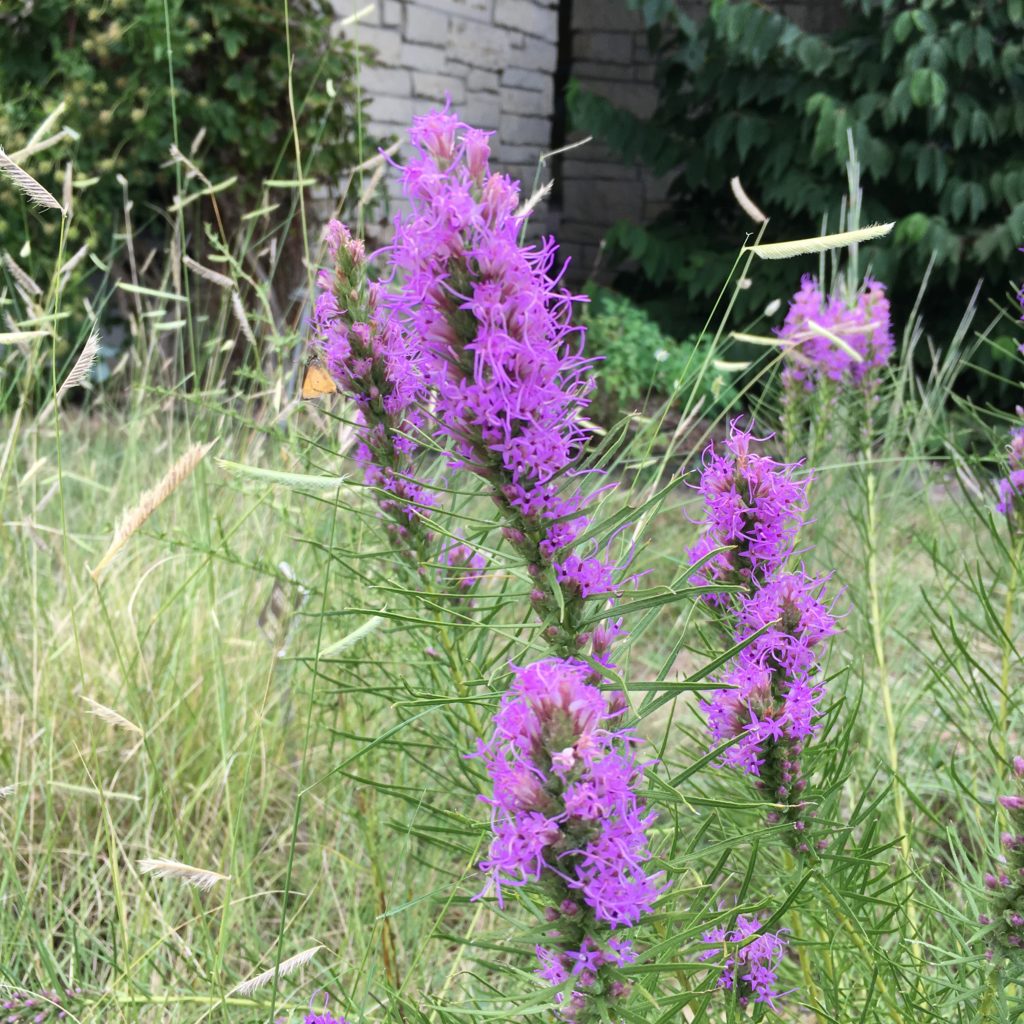
Economic Impacts
It’s difficult to quantify the savings you gain after a native landscape is established. Savings of time, water, chemicals, and fuel for your mower are long term savings from your investment in native plants. As these plants work in harmony with nature, you benefit in many different ways. These plants will bring a smile to your face as you see the beauty and the return on investment they bring.
Each landscape is a personal choice that expresses your interests and vision. Whether you are planting a small foundation bed with natives around your home or reclaiming an overrun pasture, you have decided that you want more from your landscape. This timeless landscape is so vital to our environment.
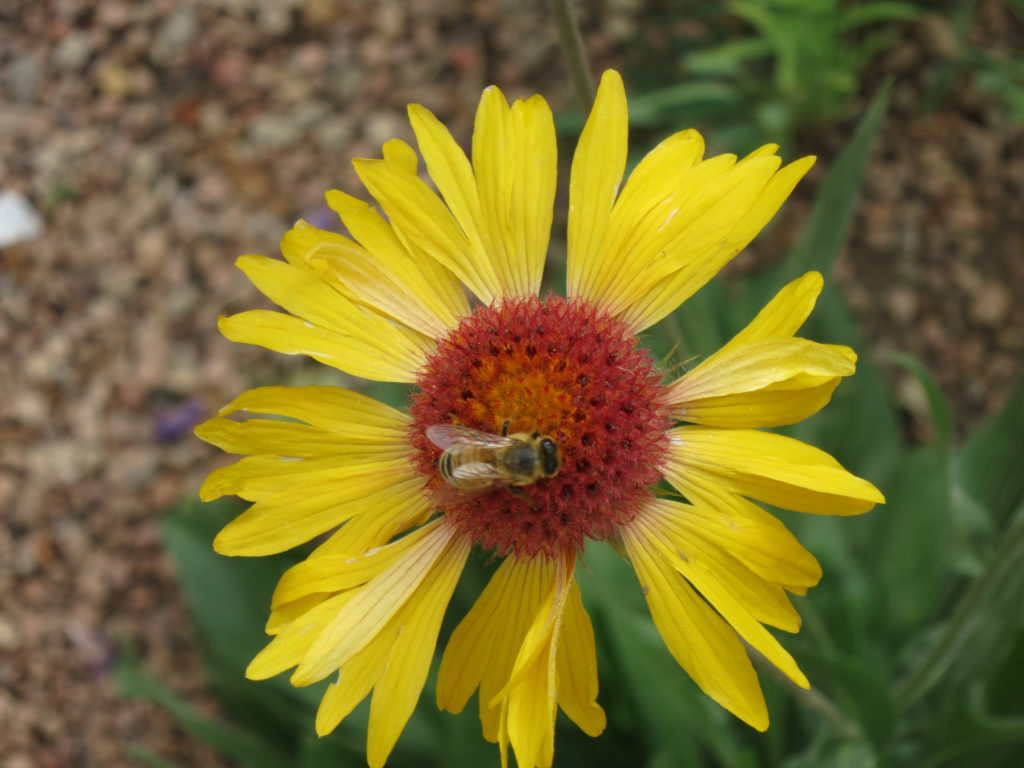
If you are motivated to start a native landscape and need help with your landscape design or have questions about where to start, attend one of our Native Plant School classes or read previous blog posts about design or pollinators. We would be happy to help.

